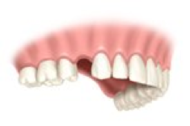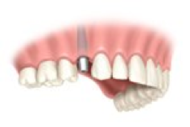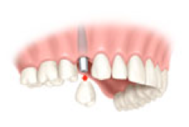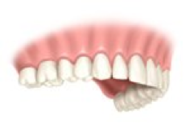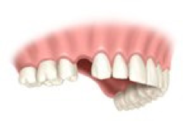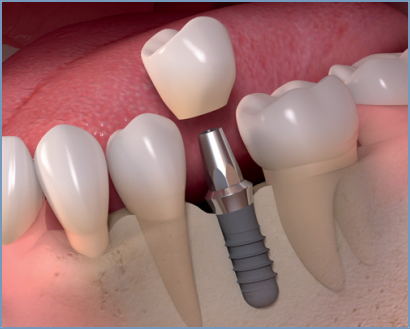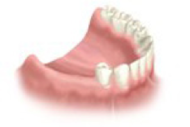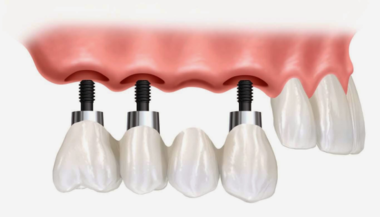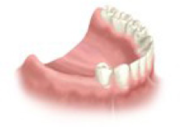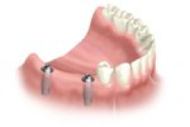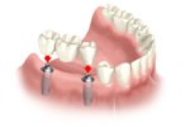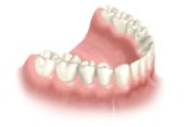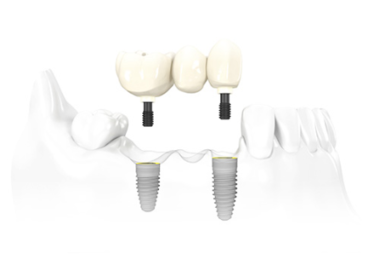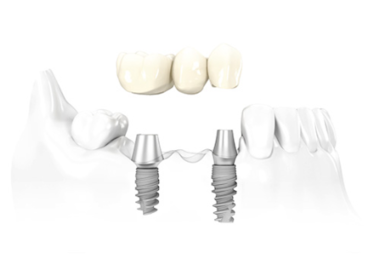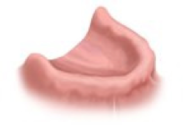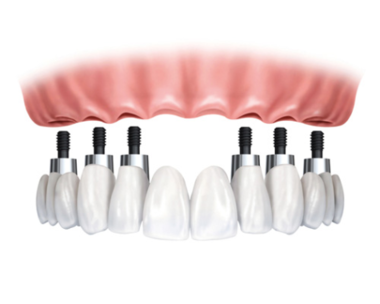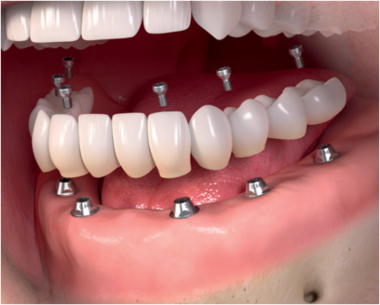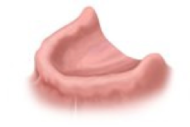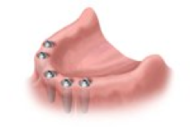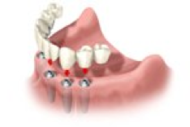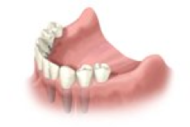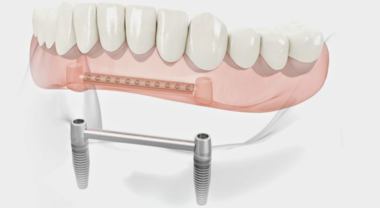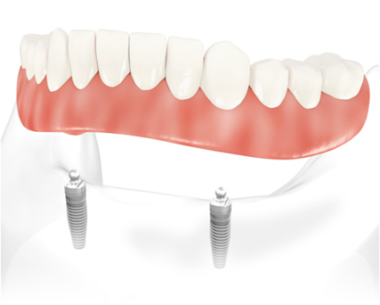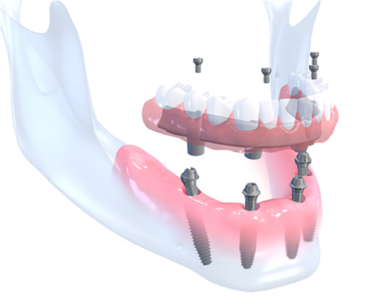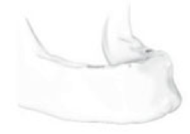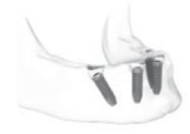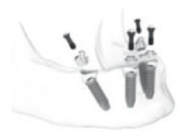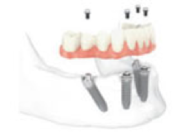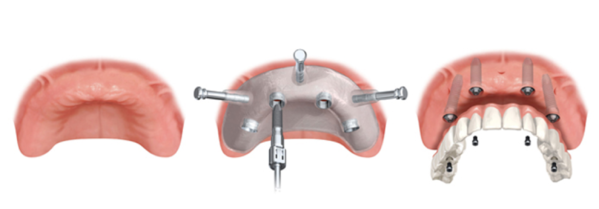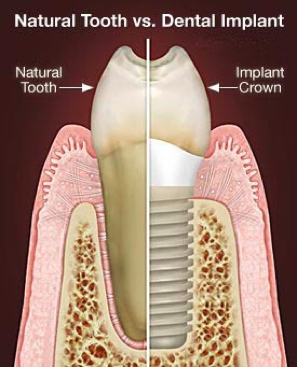ORAL HYGIENE AND PROPHYLAXIS
Oral Hygiene Session – Specific Prophylaxis
After the examination of the patient an individual prophylaxis plan is recommended according to the results of the clinical and microbiological tests. In addition to the actual oral hygiene session this includes general medical steps (dietetics, medicines, lifestyle…) and dental treatment (sealing fissures, impregnating fluoride, correcting fillings…). The actual oral hygiene session lasts about one hour and is performed by certified dental hygienists.
Standard procedures are included, as is the international norm:
- Explanation of the Situation (hygiene situation…)
- Instruction of the patient in cleaning techniques
- Discussion of individual problems
- Cleaning of plaque (mechanically and manually)
- Polishing
- Impregnation of minerals (fluoride gel)
Professional teeth cleaning in Vienna Hietzing through our prophylaxis assistants with years of experience, will help you in your daily efforts to remove plaque (the main cause of tooth decay and periodontal disease = periodontal inflammation) on all your tooth surfaces - also difficult cleanable surfaces. Once or twice a year - depending on the individual need - a professional oral hygiene in terms of prophylaxis is indicated. In everyday life often there is not enough time to clean ones teeth meticulously. Unremoved plaque (bacteria, biofilm) tends to organize (tartar) and subsequently can no longer be removed by normal tooth brushing.
A regular oral hygiene session (professional teeth cleaning) helps you to keep your natural teeth a life long.
Advantages of a professional teeth cleaning:
- Conservation of natural teeth into old age
- Avoids common dental disease by reducing caries and periodontal disease risk
- Clean mouthfeel by smooth and pure teeth
- Brighter, more beautiful teeth, after removal of superficial discoloration and deposits
Procedure of a dental cleaning by a prophylaxis assistant
Before the actual cleaning the current oral hygiene situation is evaluated by using different hygiene indices (detection of biofilm / tartar and bleeding of the gums) and possible staining of the plaque performed for visualization for the patient.
Depending on the oral hygiene situation, different instruments and devices are beeing used for intensive cleaning. A gentle dental cleaning is done with ultrasound equipment and special hand instruments. Powder-water spray should only be used if really necessary for stubborn stain removal due to its very abrasive nature.

We trust in technology made in Austria, Szwitzerland and Germany.

After the actual intensive cleaning a thorough polishing is carried out with a special fluoride paste. All teeth are smoothed to achieve shiny and smooth teeth surfaces. Smooth teeth surfaces are also less susceptible to the deposition of new dental plaque. Subsequent intensive fluoridation provides an additional protective film on the teeth.
An important component is the individual oral hygiene instruction to optimize the daily oral hygiene and the proper use of dental cleaning aids such as interdental brushes and dental floss.
Professional teeth cleaning is not equal to supportive periodontal therapy
A professional oral hygiene is the supra-gingival (ie superficial) cleaning of the teeth. When Inflamed gingival pockets are in contrast being cleaned sub-gingivally (ie below the gums) – here calculus (tartar on root surfaces) is being removed subgingivally.
Read here more about periodontitis therapy.
Implant prophylaxis / professional implant cleaning serves the long-term preservation of the inserted implants and the targeted prevention of occurring bacterial inflammation in implants triggered by biofilm/plaque: Perimucositis (gingivitis near implants) and periimplantitis (inflammation involving gums, connective tissue and bone around implants – similar to periodontitis in teeth), which if untreated, leads to implant loss.
Fissure sealing
The indentations on the chewing surfaces are called pits and fissures. The fissure sealing is a dental caries area specific prevention measure, especially in children and also for adults with elevated caries risk. The goal is the creation of easily cleanable, not strong plaque retentive teeth surfaces. The actual sealing of occlusal surfaces is carried out with bright, tooth-colored sealing plastics which form a long protective film on the chewing surfaces.



